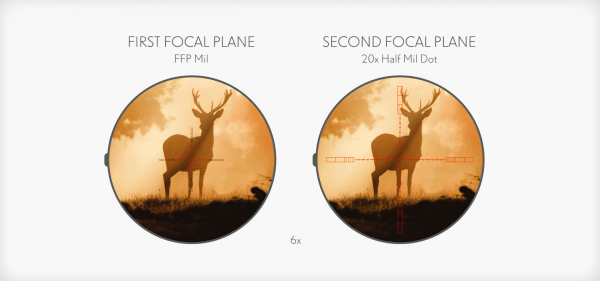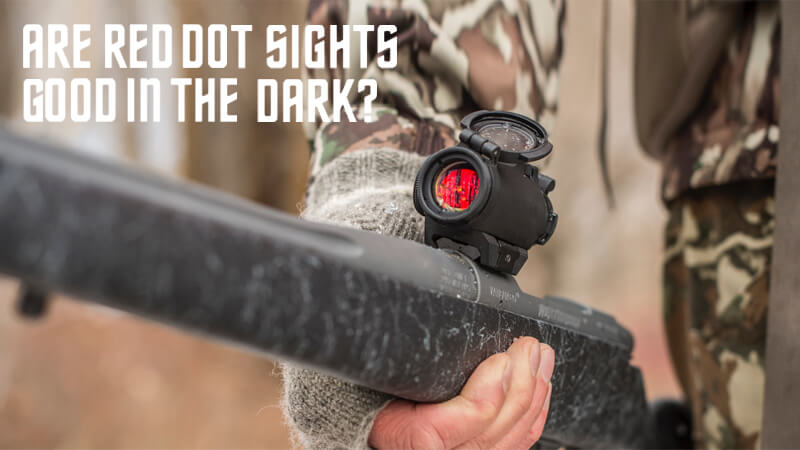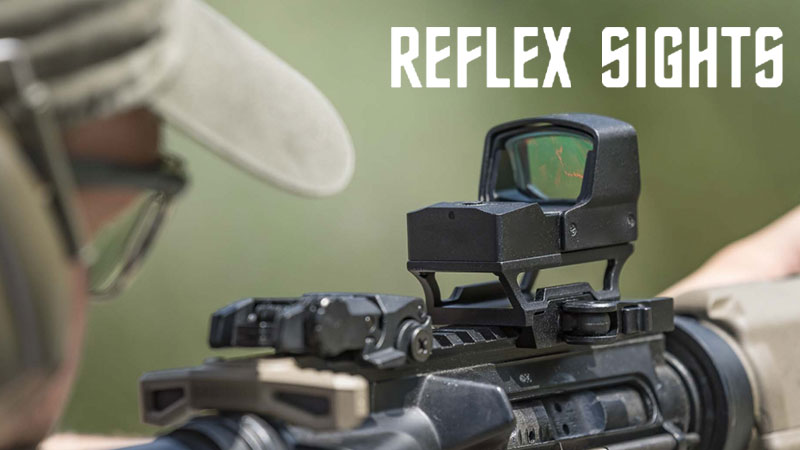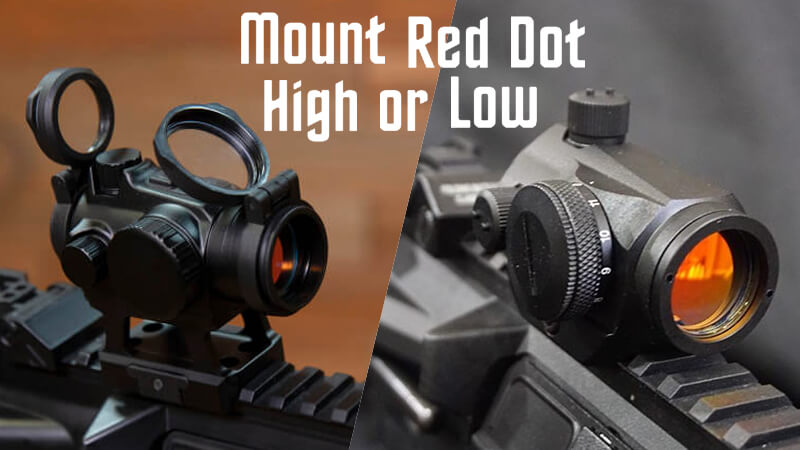With the growing popularity of modern sporting rifles, manufacturers have been engineering some seriously high-quality scopes. Today’s market is flooded with hundreds, if not thousands, of scopes. A large variety is usually never a bad thing, but it may make picking the perfect sight for your gun seem hard.
When it comes to what is the BEST, it all comes down to what style of shooting you are doing. In most cases, there is no best of anything; simply endless alternatives and compromises, of which you must learn which ones are best for you.
Governments all across the globe are currently evaluating and integrating cutting-edge technology into their operations. These scopes can supposedly turn anyone into a top-class sharpshooter. They have built-in computers to aim at a target, and can even ‘lock on’ targets and automatically track them.
These are probably the best scopes in the world but unfortunately, they are not available for the retail market. Usually, it takes 5 to 10 years for military technology to trickle its way down into the consumer market so one day we could all be sharpshooters. But what is the fun in that?
In this article, I’ll try to focus on technology that is currently available to us and how you can pick your “best” scope.
MOA vs MILs
You have scopes that are graduated in mils and moa, as well as some that are graduated in both – I’d avoid optics that are graduated in both because it’s confusing and leads to errors. It’s easier to stick to either Mil-Radian or Minute of Angle (MOA).
MOA graduations are more precise because they are available in 1/8 INCHES – one MOA equals 1 inch at 100 yards, 2 inches at 200 yards, etc.
A MIL is approximately 3.6 inches at 100 meters but is commonly rounded to 3.4 inches at 100 yards, making a 1/4 mil. Approximately a 1/8 mil dot at 9 inches. At 100 meters, 5 inches.
Mil rad is more precise across longer ranges, and the majority of tactical ranging gear is calibrated in Mil-Radian, so keeping everything in the same unit of measurement is convenient.
Is it really that important? For most of us, no, but for extreme target/competition shooters, yes it does. Most target shooters choose MOA-based optics, while most tactical shooters use Mil-based optics. I myself use both. It simplifies things and makes it easier to communicate back and forth when shooting with others who are utilizing Mil. In target shooting, I use MOA for the same reasons (they are both good – it’s personal preference or the type of shooting you do). I personally believe the MIL vs MOA debate is a little silly. Both get the job done.

The Tube
Today, 1 inch/30mm, 34mm, 35mm, and 40mm scope tube bodies are often encountered. I have a Vortex with a 40mm tube and an Arory with a 30mm body, both of which are great. The larger diameter tube body on the Vortex provides more elevation built into the optics, also a larger diameter gathers more light – I’m confident that all high-end manufacturers will phase in larger diameter objectives over time.
Rifle Scope Glass Quality
At its base, glass is mostly silica. When making rifle scope glass, you start with silica and then add tiny pieces of other metals, which are typically thought of as impurities. These minor modifications alter how light refracts in glass, as well as light dispersion, durability, and clarity.
ED (Extra-low Dispersion) glass is probably the most sought-after form of glass for hunters. Most high-end binoculars, riflescopes, and spotting scopes include ED glass as a standard feature. The glass is the main reason premium scopes aren’t cheap.

Focal Plane
In short, there are two types of focal planes: first and second, each with benefits and drawbacks. In tactical circumstances when the reticle is used to measure objects and estimate distances, first focal plane optics are preferable for measuring distances, wind drift, and horizontal speed estimates – the measurements should remain constant over the whole range of magnification. The reticle/crosshair size will also vary depending on the magnification level and may obscure a small shot target at very long distances. Listed below are some first focal plane scopes you really can’t go wrong with.
Great first focal plane scopes
- Leupold Mark 5HD 5-25x56mm (Great for long-range shooting)
- Arory Tactical (Really good tactical scope)
- Monstrum 1-4x24mm Alpha Series (For those who are on a budget)
- Burris Optics Veracity 5-25x50mm (Best medium-priced scope)
Second Plane
The reticle on the second focal plane, on the other hand, remains constant in size regardless of magnification and does not block the target at great distances.
Second focal plane scopes are typically used for target shooting because of a sharp clear reticle at long range and under high magnification, it can also be useful for hunting where ranges are known and you do not want the crosshairs or MOA to cover the target.
In the end, the focal plane is a personal preference, target shooters generally like an uncluttered sharp crosshair, and tactical shooters may prefer a graduated reticle (first focal plane) in mil-dot.
Can’t go wrong Second Focal Plane Scopes
- Vortex Optics Viper HS-T – (Best Magnification Versatility)
- Bushnell 1-6x24mm AR Optics BTR (Great picture Clarity)
- Leupold VX-3HD 6.5-20X50 SIDE FOCUS CDS-T FINE DUPLEX
- Nightforce NX8 – 2.5-20X50mm

So how to find the best?
The list of scopes we provided above is just our own opinion. These scopes have been tested by our shooters here at Arory, they have assured me that you really can’t go wrong with any of them.
Scopes are like choosing a good pocket knife, it really comes down to what your preference is and what you plan to use it for. The person pressing the trigger determines how successful a rifle and scope combo is. No matter the optic you place on your rifle, practice is the greatest approach to improve your accuracy. Make sure you spend some time outside at the range or in the backyard spraying some lead around. It’s the most effective approach to hone your shooting abilities.








Leave A Comment
You must be logged in to post a comment.